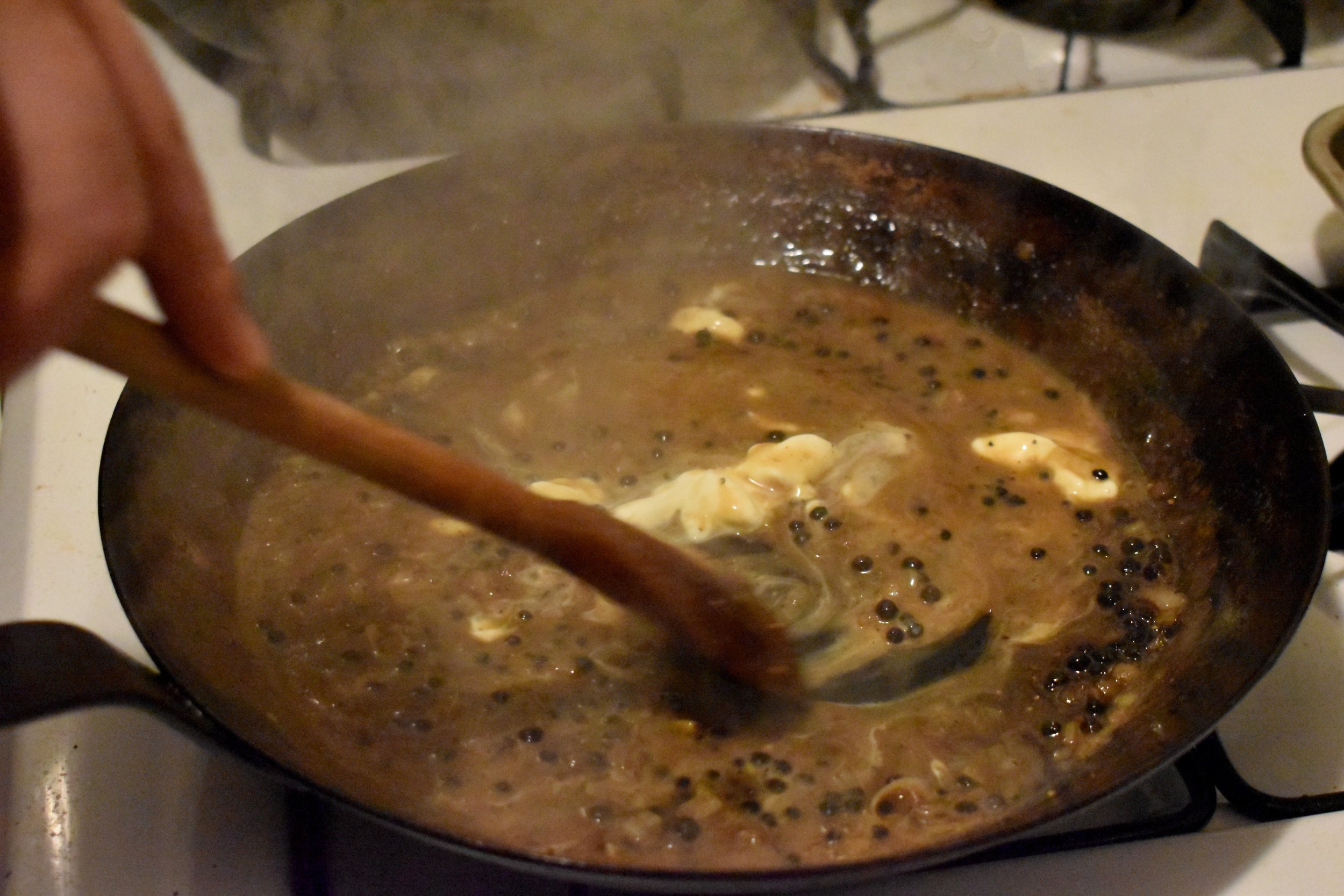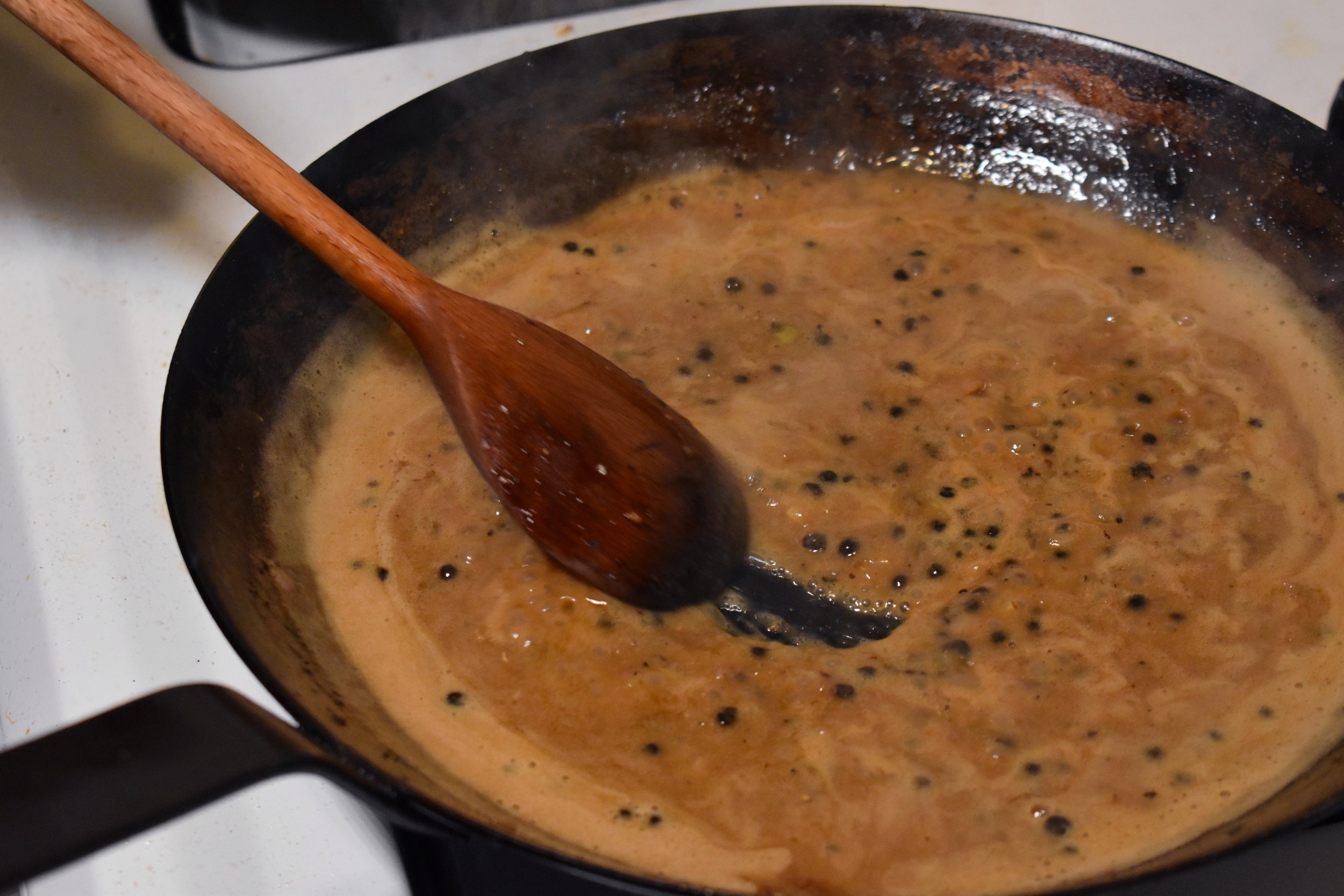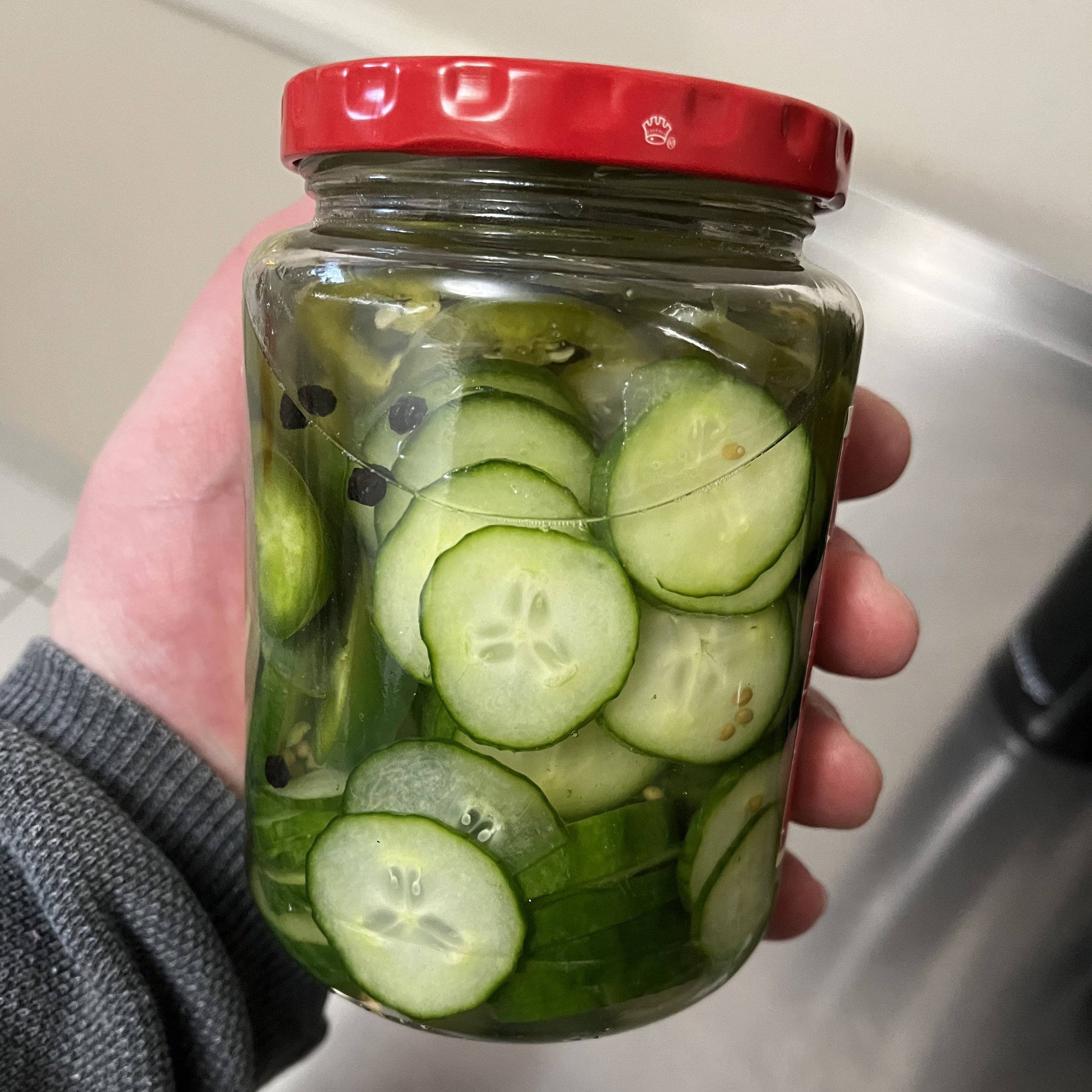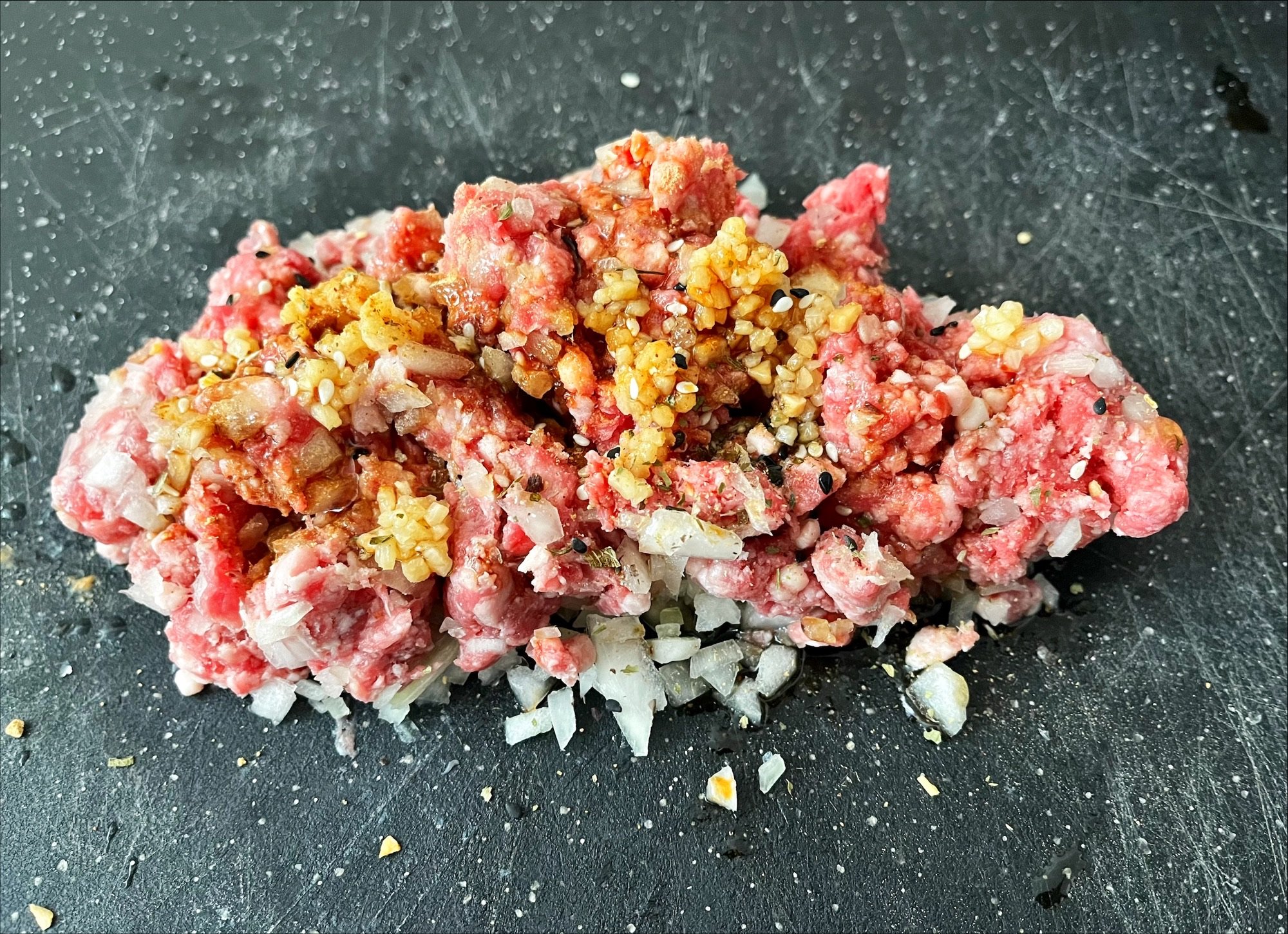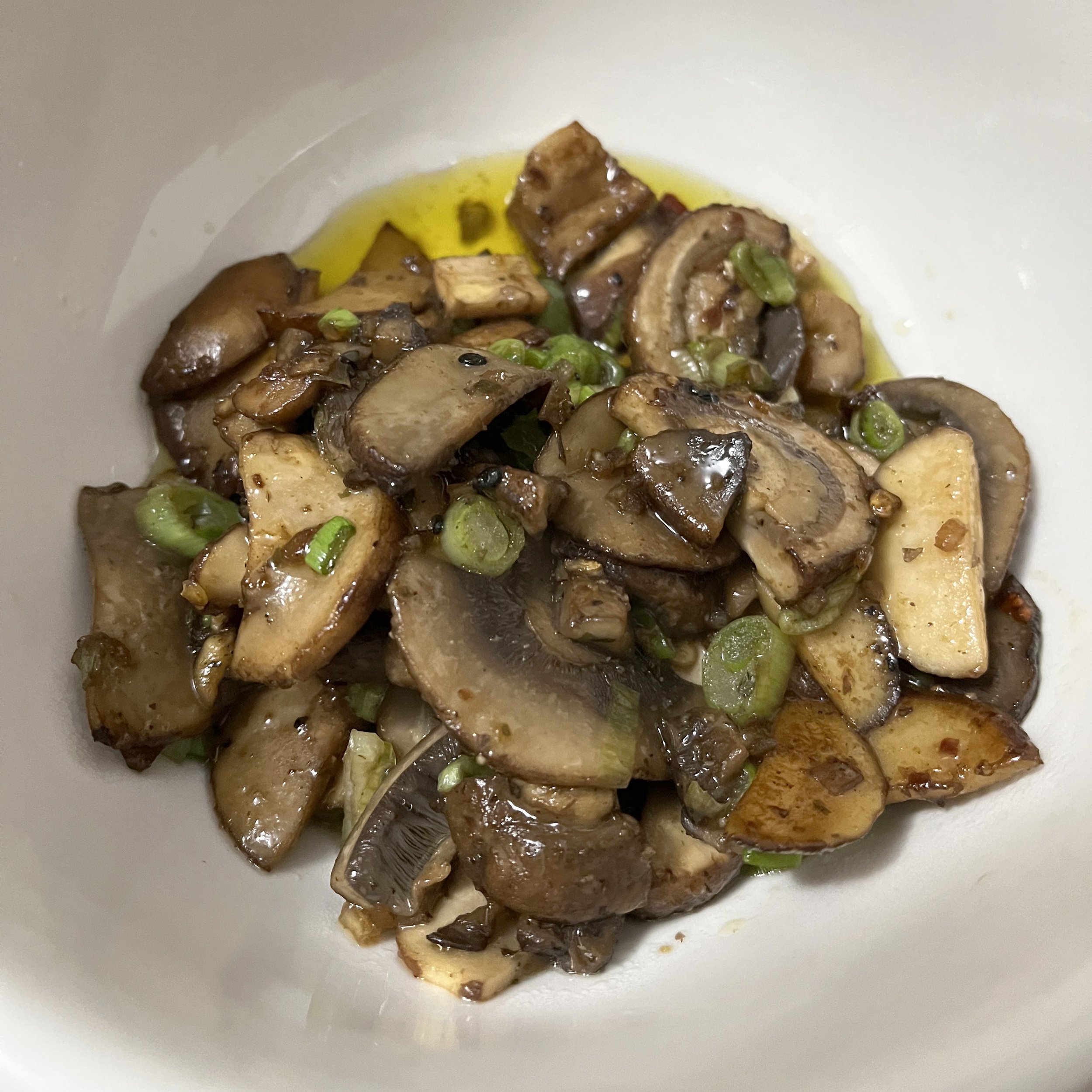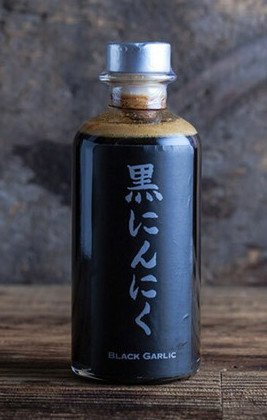Maison Carles Roquefort
Austin Coe Butler
Just in time for your holiday cheeseboards, we’re promoting two of the most celebrated and storied sheep’s milk cheeses France has to offer: Ossau-Iraty and Roquefort. Ossau-Iraty is a phenomenally creamy Basque sheep’s milk cheese with a lovely roasted chestnut sweet and savory balance. It’s undoubtedly a shop favorite, and I’ve written about it several times. With that in mind, I’d like to write to you about a cheese you may have had in the past and might fear, Roquefort.
Roquefort is a spicy, salty, sheep’s milk blue from Roquefort-sur-Soulzon in France’s southernmost region Occitanie. It was reputedly the favored cheese of Charlemagne, and is one of the several warring “Kings of Cheese,” alongside Parmigiano Reggiano, Stilton, and Brie de Meaux. The village of Roquefort-sur-Soulzon sits atop the Causse du Larzac, an immense limestone karst plateau. Owing to the dry, rocky limestone soil, the land is difficult to till and poor to farm. It is far better suited to the grazing of Lacaune sheep, whose meat, milk, and wool have provided all people needed for centuries. The karsts in the Causse du Larzac are labyrinthine tunnel systems that form in limestone as water dissolves the rock, creating sprawling hypogean landscapes like the Cambalou Caves where Roquefort is aged.
Four stories below the village, deep in the rock, the Combalou Caves have been converted into century old cellars. These cellars are cavernous and resemble a subterranean great hall of a Dwarven kingdom. Generation after generation, they have been maintained and built out with limestone bricks and massive wooden pillars for support. Wooden shelves laden with Roquefort stretch into the darkness of the caves.
The Combalou Caves are special due to the fleurines, or fissures, in the rock that allow the north winds to move through the caves. Dark, damp, and cool, it’s the ideal environment for cheese to follow its trajectory of controlled spoilage and encourage the metabolism of microbes that break down the cheese to thrive. Cheesemakers like Rogue River Creamery have gone so far as to imitate the climate of these caves, and Robin Congdon, the maker of Beenleigh Blue went so far as to bring material from the Combalou Caves to his own aging facility. But while these imitations yield incredible cheeses, none of these cheeses are quite the same as Roquefort. In fact, most blue cheeses, including Stilton, Gorgonzola, and Maytag are made with blue mold that originated from Roquefort and bears its name, Penicilium roqueforti.
The apocryphal origin of Roquefort, and many other blue cheeses, it must be noted, goes something like this: a shepherd takes shelter in a cave to enjoy his meal of bread and cheese when he sees a beautiful woman. He forgets himself (and his lunch) and rushes off to pursue her. (In some stories the shepherd sees a band of bandits and flees.) Some time later he returns to the cave and finds his forlorn lunch now covered with blue mold. He decides to nibble on the cheese and is rewarded for his bravery. I don’t need to tell you this story is fake, not least of all because it rests upon the common misconception that blue mold originates or comes from inside a cave. P. roqueforti is found exclusively on plant and animal matter like wheat (bread) or the udder of a sheep (cheese). In fact, the majority of beneficial microflora found in cheese comes from the animal’s udder. Additionally, a 2019 study noted the absence of P. roqueforti from the Combalou caves. But the caves are ideal for the mold to reproduce and sporulate on cheese, breaking down the fatty acids in the cheese to create butyric acids that give Roquefort its signature spiciness.
Roquefort is one of the oldest named cheeses mentioned in recorded history. Pliny referenced cheese from this region in 79 CE, but it’s not until 1070, when it is documented as a donation to a local monastery. Roquefort was the first cheese to receive legal protection in 1411 when King Charles VI, the Beloved or the Mad, depending on which of his moods or psychotic episodes you caught him in, granted the residents of Roquefort-sur-Soulzon the sole right of producing and ripening Roquefort cheese after a dispute with neighboring villages. This legal protection for a product made within a geographic designation was the inspiration for the Appelation d’Origine Contrôlée (AOC) system adopted by France in 1925 and later became the Protected Designation of Origin (PDO) scheme of the European Union. Roquefort now has several strict production guidelines, most importantly of which is that the cheese must be aged in the Combalou Caves.
The production of Roquefort is now a multi-million dollar industry. There are only seven producers, most notably Société, who produce 70% of Roquefort, Papilion, and Gabriel Coullet. Real estate in in the village is too expensive and there is simply no room to do anything except age cheese. Attempts to recreate the centuries old cellars have failed, so production space is coveted. There are only about 200 people who now live in Roquefort-sur-Soulzon.
If you have had Roquefort in the past it was likely made by one of the massive corporations. Industrial Roquefort can taste bitter, almost tinny or metallic, and it often turns people off from the cheese. I implore you to try our Roquefort, which is made by Maison Carles. Founded in 1922 and spanning three generations, Maison Carles is the smallest exporter of Roquefort. They still follow the traditions of making Roquefort, going so far as to buy loaves of wheat and rye bread from a local bakery to be left in the caves and become inoculated with P. roqueforti. This moldy bread is pulverized and used it as the inoculate for their cheese. All their cheese is made by hand, giving it a delicate creamy and crumbly texture that imitates the appearance of the Combalou Caves. Unlike other producers of Roquefort, Maison Carles strictly uses milk from their own farm. These practices are rewarded with a Roquefort that is subtler and creamier than any other Roquefort.
These traditional practices also saved them a massive headache. In the 1990s, food safety inspectors from the European Union arrived at the Combalou Caves and were appalled by what they found: cheese, wet and slippery, resting on porous wooden shelves coated with mold. Brussels issued a mandate for a switch to plastic shelving which all producers complied with except for Jacques Carles, the owner at the time, who claimed that wood was essential for the maturation of the cheese. He was vindicated when those who made the switch found the plastic shelving had a deleterious impact on the flavor of their Roquefort, and they all switched back to wood. Maison Carles is now run by Jacques’s daughter, Delphine, who is the only female maitre affineur in France.
You may be familiar with the pairing of Stilton and Port for the Holidays, but personally I prefer Roquefort and Banyuls, a dessert wine made just a few miles from Roquefort-sur-Soulzon on France’s southeastern coast. What grows together goes together. Use Roquefort to stuff your olives for the most decadent blue cheese olives you’ve ever had. Roquefort pairs exceptionally with the abundant variety of pears and apples in the markets and is right at home alongside some butter lettuce, walnuts, and pears in a salad. Roquefort is the perfect cheese to add to your holiday cheese board. Whereas many of our lovely holiday cheeses are rich and caramel sweet from their extra-aged profile, Roquefort brings a much needed spiciness and saltiness. Who knows, it may just be the thing that keeps you awake after your fourth mug of eggnog.
Any cheese you buy now will be in great shape for your Christmas cheese boards, so don’t delay and stop into the shop to beat the Holiday rush and save 15% off these two fabulous French sheep’s milk cheeses!


